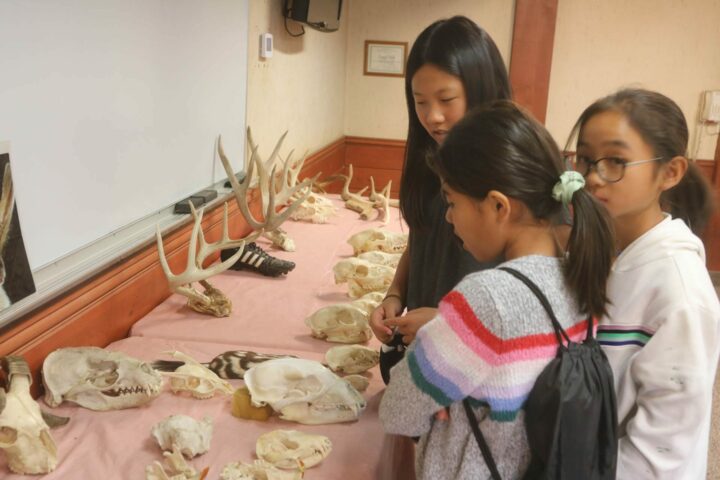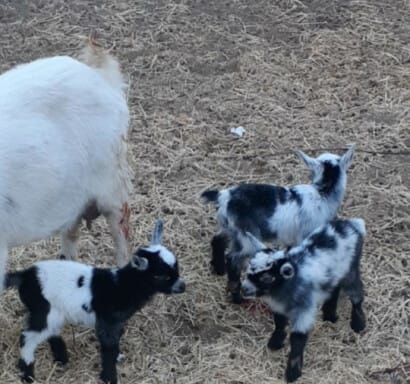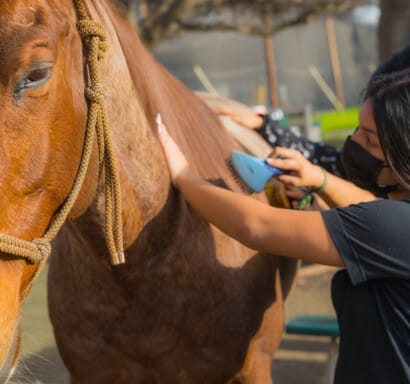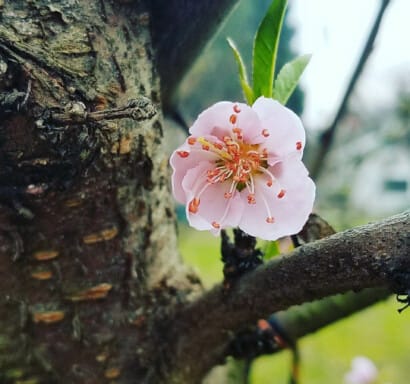Zoology

Overview
Students will learn of the differences and similarities of many different animals through hands-on exploration of skeletons, skulls, and other visual aids. Students will also learn to identify both predator and prey.
Educational Standards
NGSS-MS-LS2-3:
Develop a model to describe the cycling of matter and flow of energy among living and nonliving parts of an ecosystem.
NGSS-MS-LS2-4:
Construct an argument supported by empirical evidence that changes to physical or biological components of an ecosystem affect populations.
NGSS-MS-LS2-5:
Evaluate competing design solutions for maintaining biodiversity and ecosystem services.
NGSS-5-LS1-1:
Support an argument that plants get the materials they need for growth chiefly from air and water.
NGSS-5-LS2-1:
Develop a model to describe the movement of matter among plants, animals, decomposers, and the environment.
NGSS MS-LS2-2:
Construct an explanation that predicts patterns of interactions among organisms across multiple ecosystems.
NGSS 5-PS3-1:
Use models to describe that energy in animals’ food (used for body repair, growth, motion, and to maintain body warmth) was once energy from the sun.



